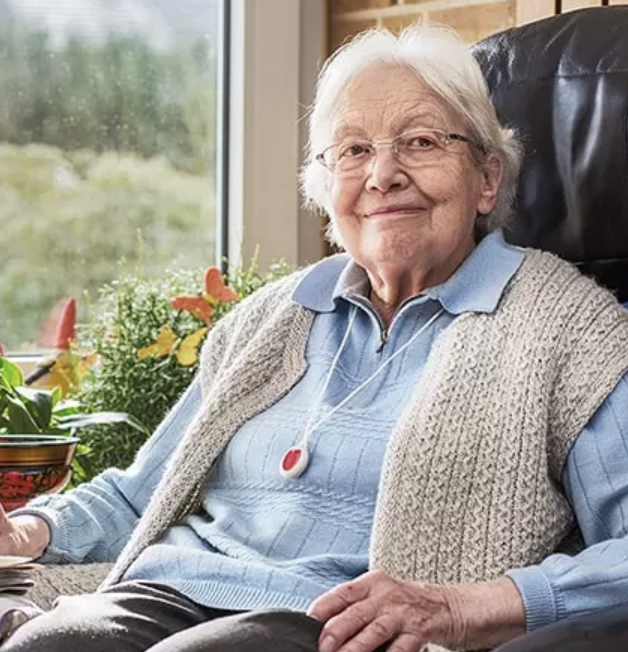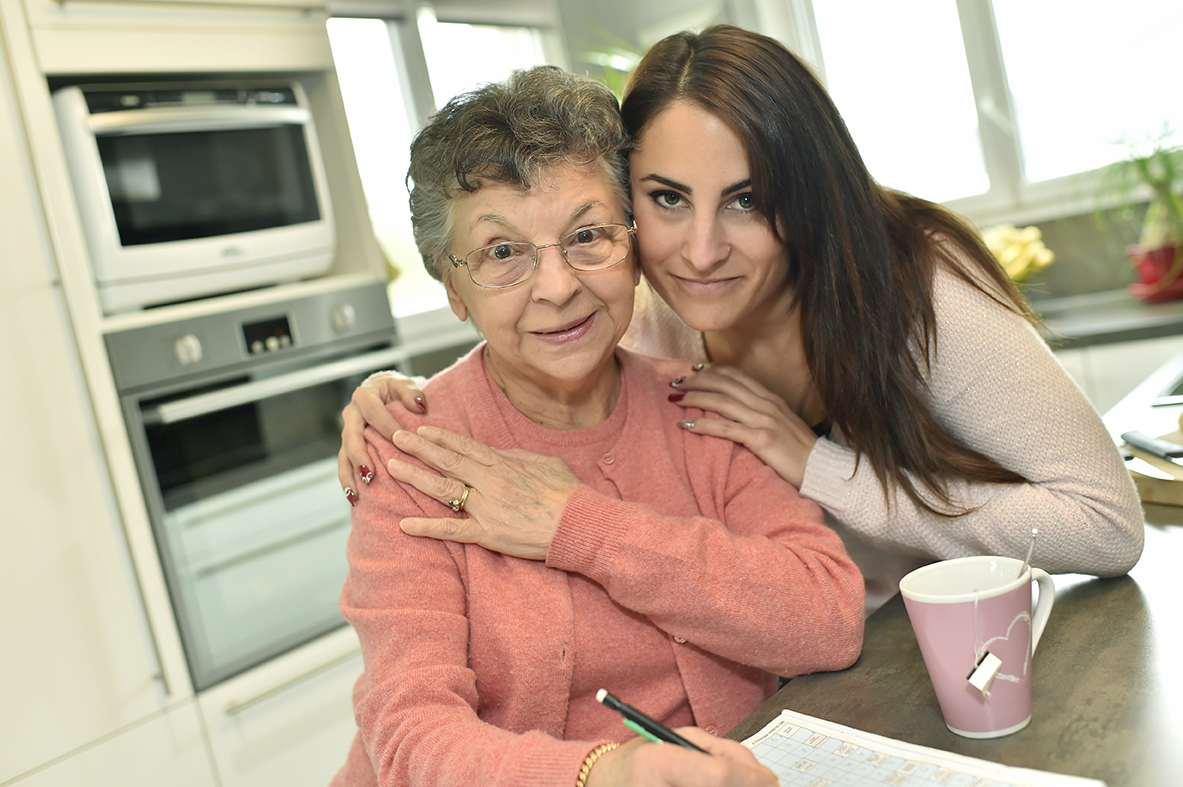
Queen Elizabeth II reigned longer than any other monarch in British history, serving as a symbol of stability and dedication until her passing at 96. Her aging journey was not only public but also deeply relatable, especially for families navigating senior care, independence, and evolving health needs.
As we reflect on her life, there are valuable lessons to learn from the way Queen Elizabeth aged—with dignity, routine, support, and purpose. This article explores the key milestones of her later years, the decisions she made regarding health and public duty, and what caregivers and families across the UK can take away from her example.
Queen Elizabeth and the Realities of Aging
Despite her royal status, Queen Elizabeth faced the natural transitions of aging: reduced mobility, changes in public activity, and the need for support. Over time, she scaled back her royal engagements, transitioned more responsibility to Prince Charles (now King Charles III), and adjusted her living arrangements to remain close to family and medical support.
Find YOUR ideal care home NOW!
Her journey reflects many key aspects of successful aging: planning, adaptation, emotional resilience, and the willingness to accept help without sacrificing identity.
How the Queen Managed the Challenges of Aging
| Challenge | How the Queen Adapted | Takeaway for Older Adults |
|---|---|---|
| Mobility issues | Reduced public appearances, used walking aids discreetly | Adapting routines is not a weakness—it's self-care |
| Health limitations | Shortened engagements, relied more on medical advisors | Monitoring health proactively supports longevity |
| Loneliness and grief | Maintained social duties, surrounded by trusted aides | Emotional support is just as important as physical care |
| Transition of responsibilities | Delegated duties to younger royals | Asking for help or stepping back can be a sign of strength |
Lessons Families Can Learn from the Queen’s Aging Journey
One of the most striking aspects of Queen Elizabeth’s aging was her ability to age in place, with a supportive structure and clear plans for every stage of life. Families today can apply similar principles:
Plan ahead for transitions in care or living situations.
Prioritise dignity in all stages of aging.
Stay connected through purpose and routine.
Seek guidance early before a crisis forces immediate decisions.
Aging, when approached with intention and support, can be a positive and empowered stage of life.
FAQ – Queen Elizabeth and Aging
Did Queen Elizabeth live in a care home?
No. She aged at royal residences with full-time staff and medical support, similar to high-quality assisted living or in-home care.
What were Queen Elizabeth’s health challenges?
She faced episodic mobility problems and fatigue, especially in her 90s, though official reports were limited.
Did she ever publicly address aging?
Yes. In her speeches, she acknowledged the value of reflection, duty, and the role of elders in society.
How did she stay mentally active?
She continued to read government documents, meet officials, and engage with family members until her final days.
What support structure surrounded her?
Family, royal aides, and a dedicated medical team, similar to coordinated senior care available today.
Need help finding a care home?
Senior Home Plus offers free personalized guidance to help you find a care facility that suits your health needs, budget, and preferred location in the UK.
Call us at 0203 608 0055 to get expert assistance today.
Search for Care Homes by Region
| East Midlands | Eastern | Isle of Man |
| London | North East | North West |
| Northern Ireland | Scotland | South East |
| South West | Wales | West Midlands |
| Yorkshire and the Humber |
Share this article :
Latest posts
You are looking for an establishment for your loved one ?
Get availability & prices
Fill in this form and receive
all the essential information
We would like to inform you of the existence of the opposition list for telephone canvassing.








